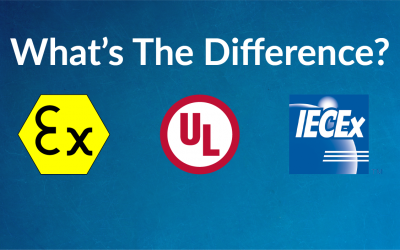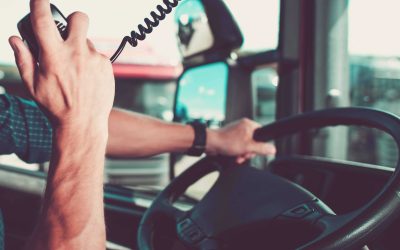Citizen Band Facts
The Citizen Band Radio Service (CBRS) is a two-way, short distance, voice communications service that can be used by any person in Australia. CB radios provide a cheap and reliable means of communications.
The service operates in two distinct frequency bands-the high frequency (HF) band (26.965 – 27.405 MHz) and the ultra-high frequency (UHF) band (476.4125 – 477.4125 MHz). The service is for public access and is available to everyone. If a company chooses to use the service for business, they have no rights of exclusivity and must accept other users on the same channel.
Do I need to obtain a licence?
No. The operation of CB radios is authorised under the Radiocommunications (Citizen Band Radio Stations) Class Licence 2002, which is on the ACMA website. Class licences do not have to be applied for and no licence fees are payable.
It should be noted, however, that the CBRS class licence does not authorise the operation of 27 MHz marine equipment.
What channel do I use to contact other travellers?
There are specific calling channels in the two CB bands. Channel 11 (AM – 27.085 MHz) and channel 16 (SSB – 27.155 MHz) are the calling channels in the HF band and channel 11 (476.675 MHz) in the UHF band.
Once you have established contact with another traveller, switch to another channel to continue talking. This frees up the call channels for other users. If travelling in a convoy of vehicles, it makes good operating sense to settle on a usual ‘working’ channel prior to setting out.
Can I use my CB radio to transmit data?
Yes. Data can only be transmitted on UHF channels 22 (476.950 MHz) and 23 (476.975 MHz), and transmission must comply with the restrictions imposed in the CBRS class licence. These channels are dedicated to data purposes and should not be used for voice communication.
What should I do in an emergency?
If, while travelling, an emergency arises and you require assistance, there are specific emergency channels in the two CB bands that you can use. They are channel 9 (27.065 MHz) in the HF band and channel 5/35 (476.525/477.275 MHz) in the UHF band.
These channels are designated as emergency channels and non-urgent traffic must be confined to other channels.
There are organisations that voluntarily monitor the emergency channels. These organisations may assist you in contacting the appropriate service in an emergency.
Conditions of operation
Although CB operators do not have to be individually licensed to operate their equipment, the CBRS class licence does impose a number of operating conditions:
Compliance with mandatory standards
Devices operating under the CBRS class licence must comply with the relevant mandatory standards specified in the licence.
Operating frequencies
CB radios must only be operated on the channels that are detailed in the CBRS class licence. Operation on a channel that is not specified in the class licence is a breach of the licence conditions.
Proper conduct
There are specific conditions regarding personal conduct during operation of a CB radio station, and penalties apply for improper conduct. In particular, the CBRS class licence states that:
A person must not operate a CB station:
in a way that would be likely to cause a reasonable person, justifiably in all the circumstances, to be seriously alarmed or seriously affronted; or
for the purpose of harassing a person.
Transmitter power levels
CB radio equipment must not exceed the maximum output power that is specified in the class licence. Attaching any external device, such as linear amplifiers, to CB radio equipment for the purpose of increasing the power output of the transmitter is not permitted. This type of operation is a breach of the licence conditions.
Other conditions
As well as specific conditions spelt out in the class licence, operation of a CB radio is also subject to the provisions of the Radiocommunications Act 1992.
Breaches of licence conditions
It is important that CB radio users comply with each condition in the class licence. If any condition of the licence is breached, for example, operating on a frequency not mentioned in the class licence or using an emergency channel for non-emergency purposes, the operator is no longer authorised to operate under the class licence. In this instance, the operator would be liable for prosecution.
What if I cause interference?
Interference to television and radio receivers and other electronic equipment may occur when a CB radio transmitter is operated nearby. Such interference is unlikely when mobile, but may occur in campsites, caravan parks or home base situations. Users should be prepared to cooperate with the affected television viewer or radio listener and take reasonable steps towards resolving the problem.
Selective calling
Selective calling (selcall)-a technique used to enable the reception of calls from particular CB radios without having to listen to other users-is permitted under the class licence. Selcall uses the transmission of audio tones that are recognisable to receivers fitted with a compatible decoder. It can be used on either HF or UHF CB radios. Some CB radios come fitted with a selcall facility using continuous tone coded squelch system (CTCSS) techniques. CTCSS is only authorised on UHF CB bands.
CBRS repeaters
A repeater is a station established at a fixed location that receives radio signals from one CB station and automatically retransmits the signal to another station using the corresponding output channel. UHF CBRS repeaters can be found in all states and enable the range of vehicle to vehicle communications to be significantly increased.
CB repeaters are not authorised under the CBRS class licence. The repeater stations are usually located at hilltop radiocommunication sites and require specific frequency assignments and the issue of an individual apparatus licence.
Repeater channels
Channels 1 to 8 and 41 to 48 are designated as repeater output channels, with channels 31 to 38 and 71 to 78 the corresponding designated repeater input channels.
For example:
A repeater that transmits on channel 1 will always receive on channel 31. When operated in duplex/repeater mode the CB radio automatically selects the corresponding transmit/receive frequencies.
These designated repeater channels may be used for single frequency communications provided they are not used in the locality of repeaters.
Channels 5 and 35 are dedicated for emergency communications ONLY.
Radio Frequencies (Talk Channels) for Two Way Radio are allocated by the ACMA (Australian Communications Media Authority) which is the Federal Governing body in charge of Licencing of Two Way Radio Frequencies.
There are 80 Channels of free UHF CB Two Way Radio Channels that have been set aside for the general public to use. These frequencies are in the UHF Band between 476.4250 and 477.4125 MHz. Any frequencies outside of this band are for COMMERCIAL USE ONLY and all need to be licenced.
It is highly illegal to use any COMMERCIAL frequncy outside of the CB Channels without a Licence on any Two Way Radio. Very heavy fines are levied and confiscation of equipment may take place should anyone be caught using Two Way Radio equipment on commercial channels without a license. This is like driving a car without a drivers license, the normal person would not consider doing this and you should not operate on commercial talk channels without a radio frequency license either.
Licences are not that expensive and to apply you should be a commercial entity and if you wish to apply for a licence we will be glad to help with this process.



0 Comments